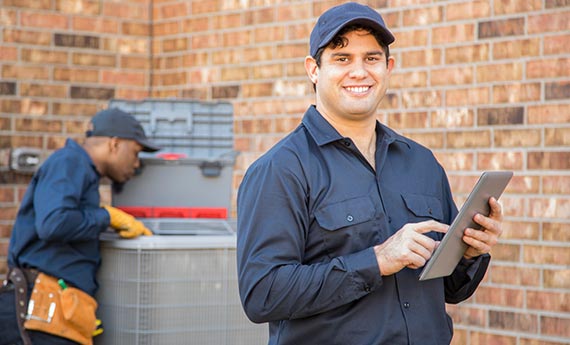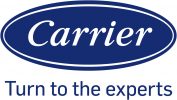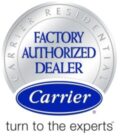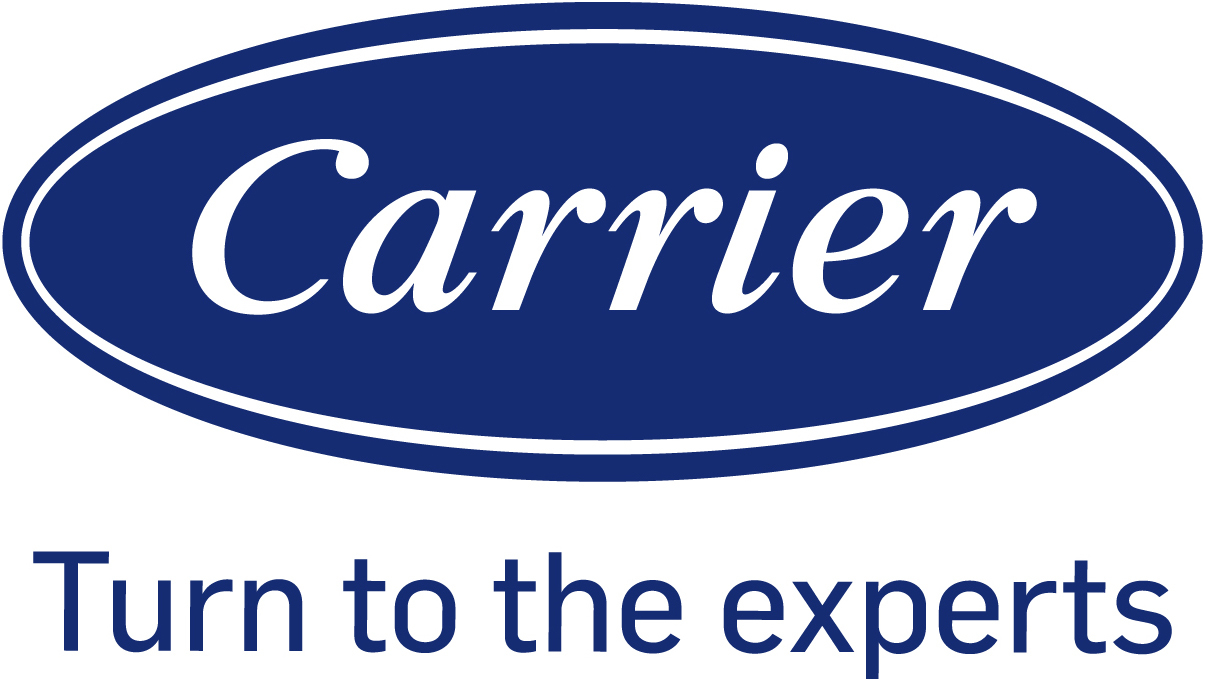Heat pumps are ideal for areas with a mild climate or moderate heating and cooling needs. This equipment utilizes electricity to move heat from cool areas to warm areas. In the colder months, your heat pump directs heat from outside into your living space. Meanwhile, during warmer weather, it moves heat from your home to the outdoors.

By learning how to use your heat pump correctly, your home will stay comfortable all-year-round, and you won’t need to worry about increasing energy costs. Here local HVAC specialists share some of the biggest mistakes you need to avoid when operating this equipment.
The Biggest Mistakes You Can Make When Operating a Heat Pump
Turning up the thermostat too high. Turning up the thermostat too high will cause it to compete with your heat pump. As a result, both systems will work harder and consume more energy, increasing your utility bills. In parts of your home where you’re using a heat pump, turn down your thermostat by 10°F. For instance, if you usually set it at 68, turn it down to 58. Doing so will make your old heating system a backup heat source. However, if it gets too cool, there’s no harm in temporarily turning the thermostat back up.
Constantly worrying about temperature readings. Your old heating system may measure ambient room temperature differently than your heat pump. Make sure to set your heat pump to the temperature you’re most comfortable with. You can adjust the settings again after a few days until you’ve reached the desired temperature balance.
Adjusting your heat pump daily. Many homeowners adjust their heating systems when leaving the house or before going to bed. Heat pumps function differently than your old system. They become more efficient when maintaining one temperature. Simply determine the ideal setting for you and your family and let your equipment do its job. Keep in mind that HVAC specialists recommend turning off the equipment if you’ll be gone for more than 24 hours.
Using auto mode. It’s a common misconception that “AUTO” mode is the most efficient setting for your heat pump. The thing is, when you use this mode, your equipment may toggle unnecessarily between heating and cooling. Keep in mind that your heat pump is more likely to reach peak efficiency when set to “HEAT” during the winter and “COOL” during the summer. Moreover, “AUTO FAN” refers to a different setting that you can also use.
Going easy on your heat pump. You can make the most of your heat pump by using it for as much heating as it can handle. Test your equipment by opening some doors to expand the heating zone and then turning up the fan. You’ll notice that your heat pump can heat a lot more space than expected.
Using the lowest fan speed. Did you know that heat pumps are more efficient when set to higher fan speeds? However, high fan speeds can create more ambient noise and air movement. HVAC replacement experts recommend using the highest speed you’re comfortable with, then setting your preferred temperature.
Worrying about an ideal swap-over point. The swap-over point refers to the exact temperature below which running your backup system costs less than your heat pump. This isn’t something you can easily determine because it depends on backup fuel, heat pump model, electricity rates and other factors.
Failing to maintain your heat pump. You can delay the need for an HVAC replacement by regularly maintaining your equipment. All parts and appliances in your home will last longer with proper care. Maintaining your heat pump doesn’t have to be complicated. Be sure to work with a reliable HVAC contractor for the maintenance and repair of your equipment. Also, don’t forget about your outdoor unit. Keep it clean and free from debris, ice and snow.
Tips on Improving Your Heat Pump’s Efficiency
Schedule routine maintenance by professionals. Well-maintained heating and cooling systems perform more efficiently than neglected ones. An efficient piece of equipment doesn’t need to work as hard to reach the desired temperature. With proper maintenance, you’ll save on energy costs and HVAC repairs.
A professional HVAC technician will inspect the ducts, indoor coil and blower for dirt, debris and clogs. They’ll check the ducts and seal leaks if necessary. Expect them to make sure you have adequate airflow and the right refrigerant charge. During your annual service, your technician will lubricate the motor and inspect other components to make sure they’re tight. At Broom Heating & Air Conditioning, we’re here to help with your HVAC maintenance and electrical repair needs.
Replace or clean the filter regularly. Experts suggest replacing your HVAC filter every one to three months, depending on how dirty it is and the manufacturer’s instructions. Dirty fans, filters and coils can obstruct airflow through the system. As airflow lowers, so does your unit’s performance. It also increases the risk of compressor failure.
Clean outdoor coils. If you’ve noticed that the outdoor coils are dirty, clean them right away. Make sure to turn off the power before doing so. Get rid of vegetation and debris around the unit. The supply and return registers should be clean, and fins should be straight and unbent.
Use your heat pump properly. Your heat pump will last longer and operate more efficiently if you use it properly. One upgrade you should consider is a programmable thermostat with multistage functions for heat pumps. Moreover, if you’re getting a new thermostat, make sure that it’s suitable for your heat pump.
Many of today’s smart thermostats are made to work well with common heat pump configurations. These units support various cooling and heating stages as well. They can also run the heat pump and auxiliary heat at the same time for maximum comfort and lower energy consumption.
If you need a new HVAC system or electrical repair, turn to Broom Heating & Air Conditioning for your home’s HVAC needs. We offer superior electrical, heating and air conditioning services. Call us at (803) 754-5466 or fill out our contact form to request a quote.

 Planned maintenance is key to making sure your heating and cooling system is in top shape at all times. A lot of property owners see it as merely added expense but it’s not! Think of a planned maintenance agreement as an investment into your investment. Your HVAC system plays a role in keeping your home or business comfortable and energy-efficient, after all, so it definitely pays to have one in place.
Planned maintenance is key to making sure your heating and cooling system is in top shape at all times. A lot of property owners see it as merely added expense but it’s not! Think of a planned maintenance agreement as an investment into your investment. Your HVAC system plays a role in keeping your home or business comfortable and energy-efficient, after all, so it definitely pays to have one in place.








